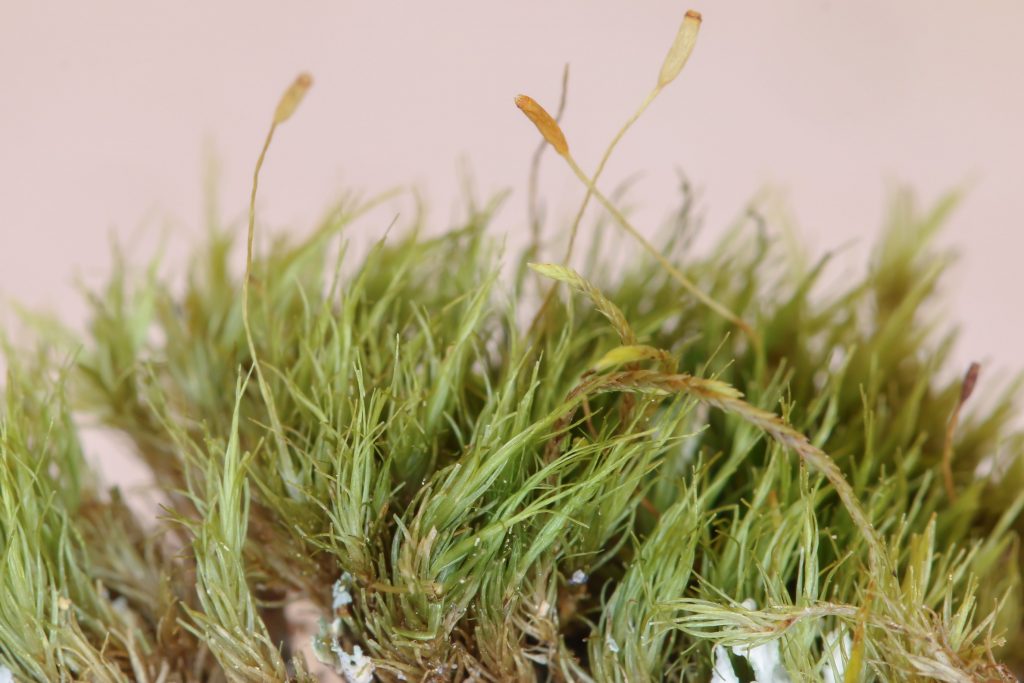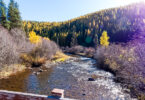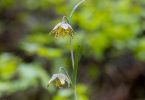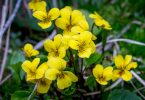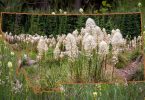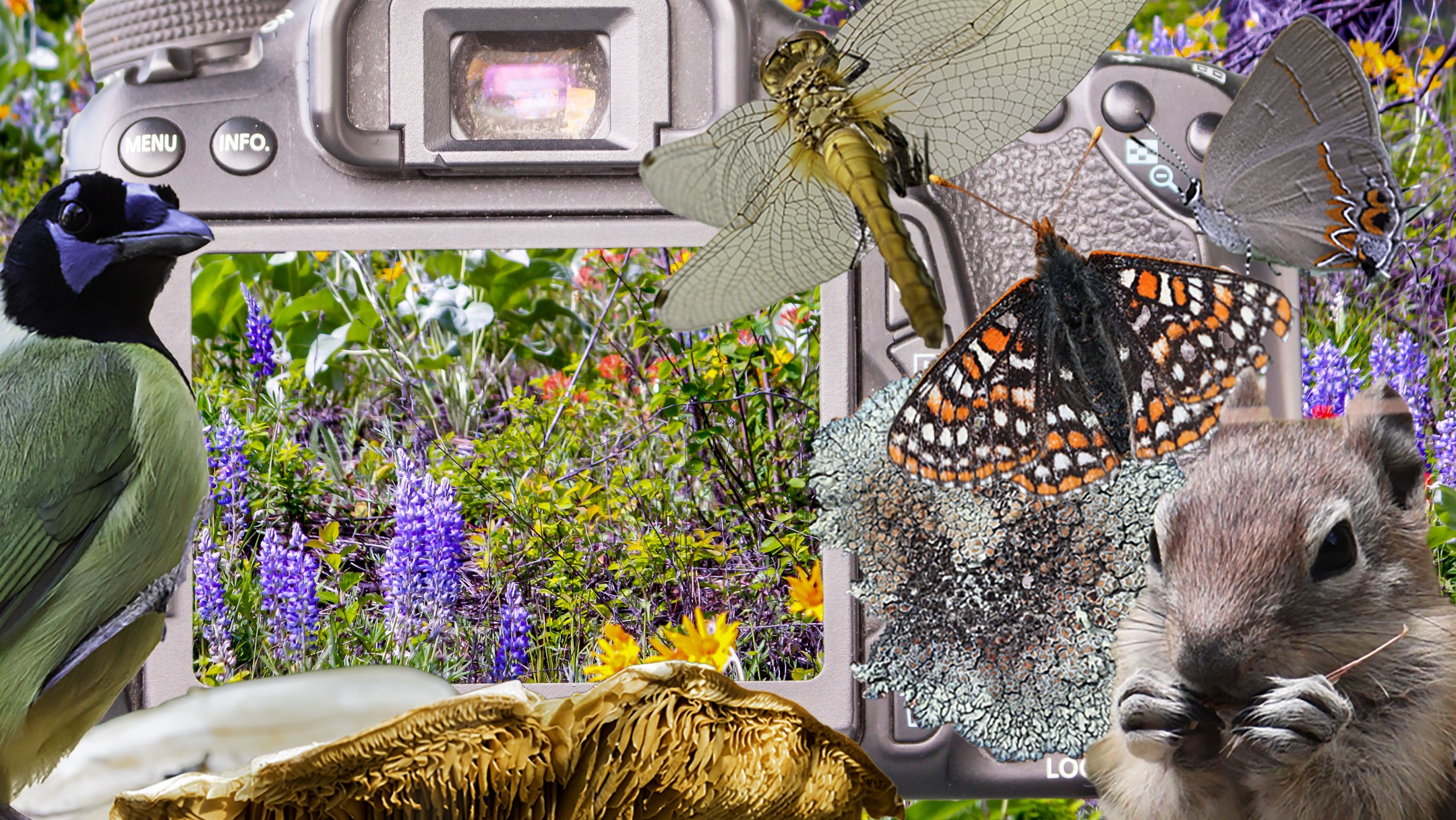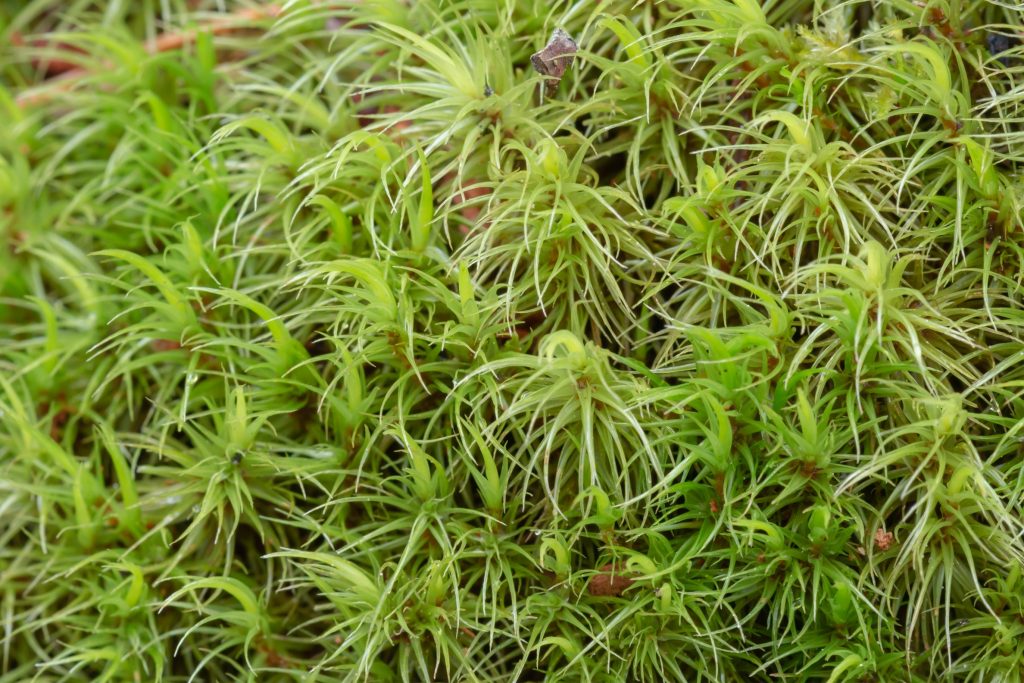
March is not only tournament time to determine the #1 college basketball team, but it is also a time of intense biological activity for moss to green up and reproduce here in the Pacific Northwest. Why? Because it has to do with a lack of roots and no stem to conduct water or nutrients. Leaves are one-cell thick through which moisture and nutrients are absorbed. Plus, water is necessary a) to transport the sperm to the egg for fertilization and b) for plant fragments to establish a new plant on moist soil. It kind of makes sense that snowmelt and rains of early spring would be a good time for a moss to grow and reproduce.
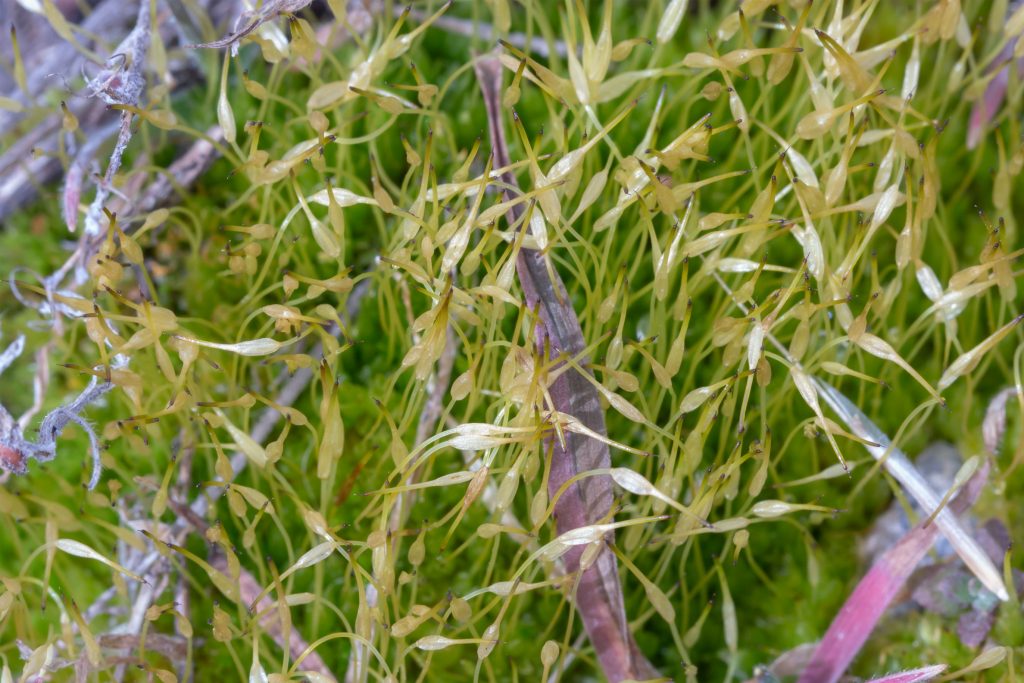
Elva Lawton (1971) published Moss Flora of the Pacific Northwest, major reference for western Montana, which listed 598 species from 44 families and 156 genera. Wikipedia reports that there are about 12,000 moss species worldwide. Moss species are usually specific to a certain substrate, like rock, soil, bark, etc. Vitt, Marsh and Bovey (1988) also note that about half of the production of forests in Northwest North America are in the form of moss and lichen, very vital for nutrient cycling.
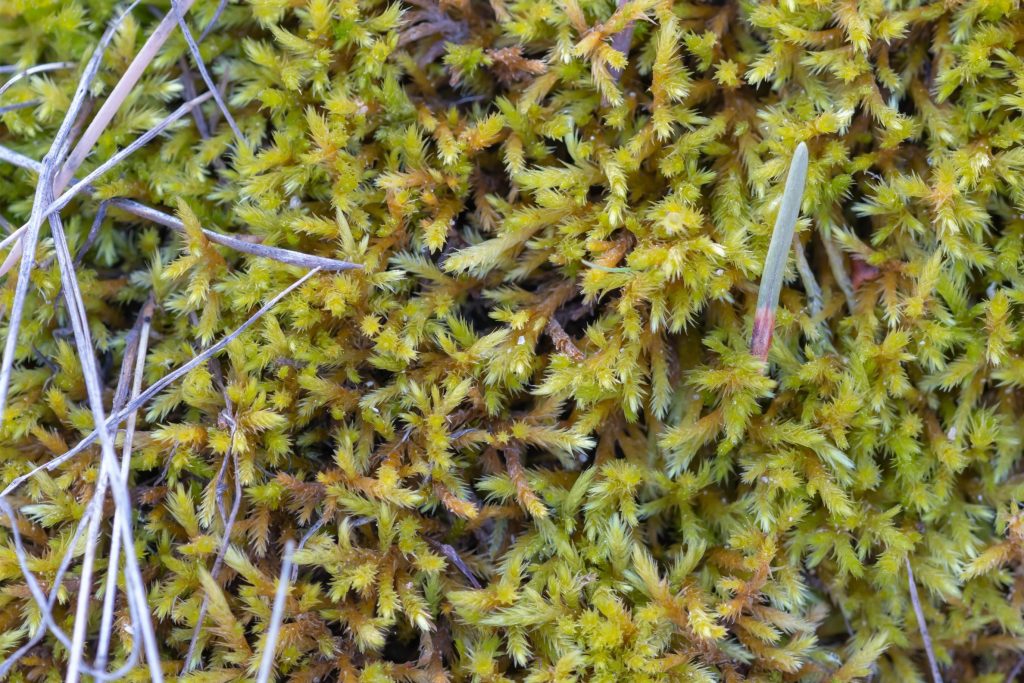
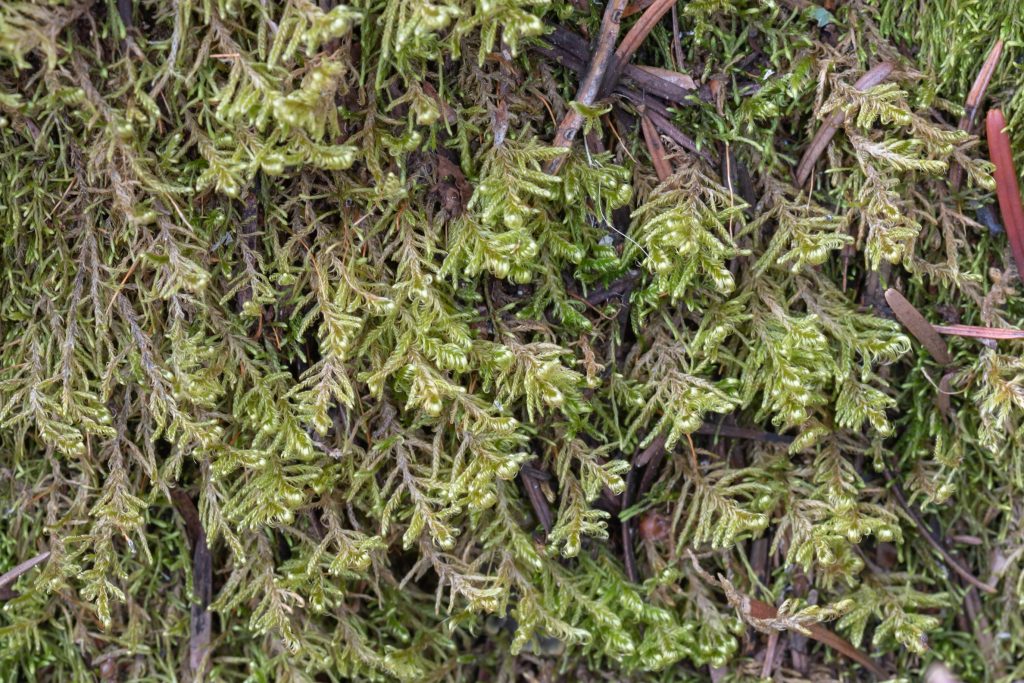
Stretch your legs between basketball games; check out the intense biological activity of moss that can be found as close as your yard or garden. Give a close look and most importantly find another piece of incredible and diverse life 😉
